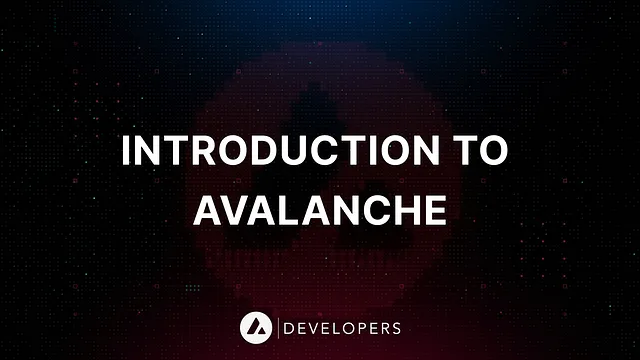Introduction to Avalanche
Avalanche is an open-source platform for building decentralized applications in one interoperable, highly scalable ecosystem. It is designed to accommodate the scale of global finance, offering near-instant transaction finality. Compared to Ethereum and Bitcoin, which have longer finality times of about 15 minutes and one hour respectively, Avalanche’s finality occurs within about two seconds and remains immutable thereafter.
Avalanche serves as a global financial network for issuing and trading digital goods. The platform supports potentially millions of validators processing thousands of transactions per second using a green and efficient protocol. This high-throughput, fast finality protocol is complemented by an architecture tailored for financial services and decentralized applications.
Unique Features
Avalanche distinguishes itself with three key features: Consensus, Virtual Machines, and Subnets.
- Consensus: Avalanche Consensus is a metastable consensus protocol inspired by epidemic protocols and gossip networks. It enables tens of thousands of transactions per second with sub-second finality, validated by potentially millions of globally distributed validators.
- Virtual Machines: VMs on Avalanche are custom blockchains’ blueprints, containing application-level logic. They can be instantiated into independent blockchains supporting various decentralized use cases, programmed in any language capable of implementing a GRPC API.
- Subnets: Subnets are dynamic sets of validators forming consensus for specific blockchains. They can be public or private, allowing scalable deployment of application-specific blockchains with communication facilitated through Avalanche Warp Messaging.
Avalanche’s consensus technology represents a significant evolution from previous paradigms, including Classical Consensus and Nakamoto Consensus, offering improved scalability, robustness, decentralization, and efficiency.
Virtual Machines
Unlike traditional blockchain networks, Avalanche supports multiple virtual machines deployed on Subnets, enhancing network effects across blockchains and subnets.
A Virtual Machine (VM) on Avalanche specifies a blockchain’s state, transactions, and user interaction API. Each blockchain instance on Avalanche is an instantiation of a VM, akin to objects derived from a class in object-oriented programming.
Developers building on Avalanche VMs focus solely on application logic, leveraging Avalanche’s underlying infrastructure for networking, consensus, and blockchain structure.
To explore examples of existing Virtual Machines on Avalanche, visit: examplelink.com.
https://medium.com/avalancheavax/introduction-to-avalanche-the-devrel-blog-b38257fc0c07


